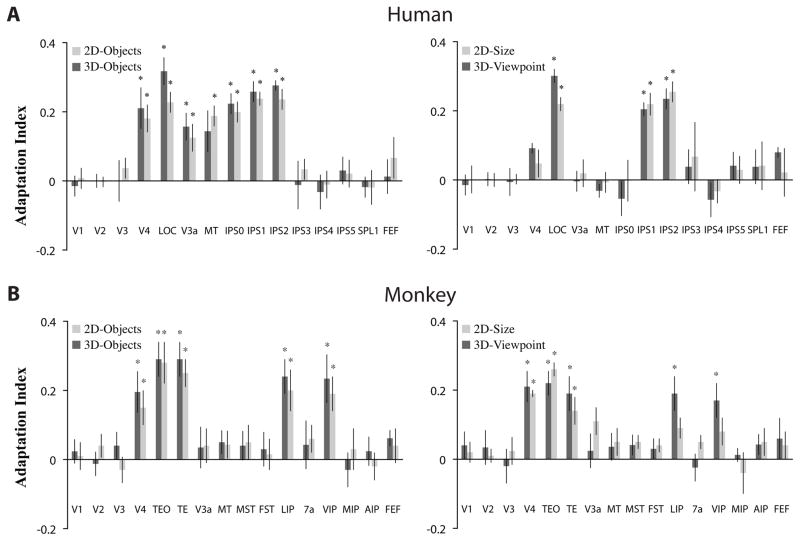Figure 4. Object selectivity in the human and monkey visual systems.
In a cross-species comparison study (Kastner, et al., 2009), an adaptation index was used to quantify the degree of object selectivity in each area. Positive index values indicate stronger adaptation and thus greater object selectivity; values around zero indicate the absence of adaptation effects/object selectivity. Error bars denote SEM. Asterisks (*) indicates that the adaptation index value significantly different from zero. For both humans (A), replicating the results of Konen and Kastner (2008a) and monkeys (B), left panels show results from experiments probing object selectivity and right panels show results from experiments probing size- and viewpoint-invariance. Human ROIs were topographically and/or functionally defined using standard criteria. Monkey ROIs were anatomically defined using the Saleem and Logothetis (2007) atlas. Both species showed significant object-selective and viewpoint-invariant responses in ventral stream regions (e.g., LOC in humans; TEO and TE in monkeys). Both species also showed significant object-selective responses in dorsal stream regions (e.g., IPS0–2 in humans; LIP and VIP in monkeys). However, high-level, viewpoint-invariance responses in the dorsal stream were only observed in humans (e.g., IPS1–2 in humans).

